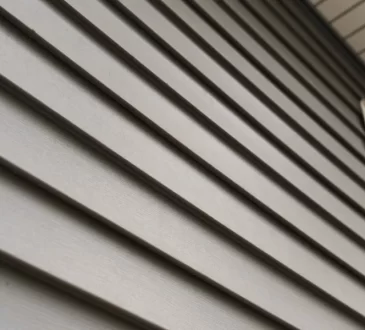
Aggregates are fundamental materials used in construction, vital for creating concrete, asphalt, and other building materials. They come in a variety of types, each suited for specific applications based on their properties such as size, shape, and composition. Understanding how to select the right type of aggregate is crucial for any construction project to ensure durability, structural integrity, and cost-effectiveness. This article provides an overview of the different types of aggregates available and offers guidance on choosing the right one for specific construction needs.
Understanding the Types of Aggregates
Aggregates can be broadly categorized into two main types: natural and synthetic. Each category has specific characteristics and uses in construction:
- Natural Aggregates: These are sourced from natural deposits and include materials such as sand, gravel, and crushed stone. They are typically mined from river beds or quarried from the earth.
- Synthetic Aggregates: These are manufactured through industrial processes and include materials like slag and recycled concrete. Synthetic aggregates are often used to promote sustainability and can offer enhanced performance in certain applications.
Key Factors in Selecting Aggregates
Selecting the right aggregate involves considering several factors to match the material properties with the project requirements:
- Size and Gradation: The size and distribution of aggregate particles can significantly affect the strength and compactness of the concrete. Coarse aggregates are generally used for foundation layers, while finer aggregates are suited for surface layers and finishes.
- Material Strength: Aggregates must be capable of withstanding significant loads. The strength of the aggregate contributes directly to the strength of the finished concrete.
- Moisture Content: Aggregates’ water absorption properties can influence the water-cement ratio in concrete mixtures. Materials that absorb less water are preferable for high-strength concrete.
- Environmental Exposure: Consider the environmental conditions the finished construction will face. Aggregates that are resistant to weathering and chemical damage are essential for outdoor constructions.
For a detailed exploration of aggregate types and their properties, Stone Center provides a comprehensive catalog that can assist in making informed choices.
Practical Applications of Different Aggregates
Different construction scenarios require specific types of aggregates. Here are a few common applications:
- Construction of Roads and Pavements: Crushed stone and gravel are typically used for creating stable and durable road bases.
- Building Foundations: Large, sturdy aggregates like coarse gravel and crushed stone are preferred to ensure a strong foundation.
- Decorative Features: For aesthetic applications such as landscaping or visible aggregate concrete finishes, polished pebbles and colored glass are popular choices.
- High-Strength Concrete: For structures requiring high strength, such as bridges and skyscrapers, hard aggregates like granite or quartz are used due to their superior strength and durability.
Challenges and Considerations
While selecting aggregates, it is important to address challenges such as resource availability, transportation costs, and environmental impact. Locally sourced aggregates are often preferred to reduce transportation costs and carbon footprint. Additionally, the quality of aggregates must be consistent, as variations can affect the structural integrity of the construction.
For more information on selecting the right aggregates for your construction projects or to view a diverse range of materials, you are encouraged to visit website. This resource offers valuable insights and access to quality materials that meet a wide range of construction needs.
In conclusion, selecting the right type of aggregate is a critical step in construction that affects every aspect of a project from the foundation to the final aesthetics. By understanding the different types of aggregates and their appropriate applications, constructors can ensure that their projects are built to last while also managing costs and environmental impact.




